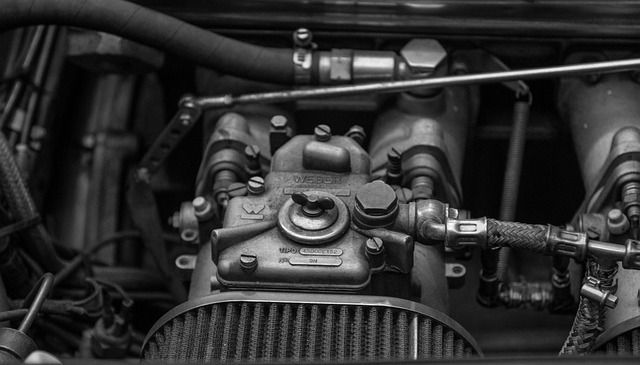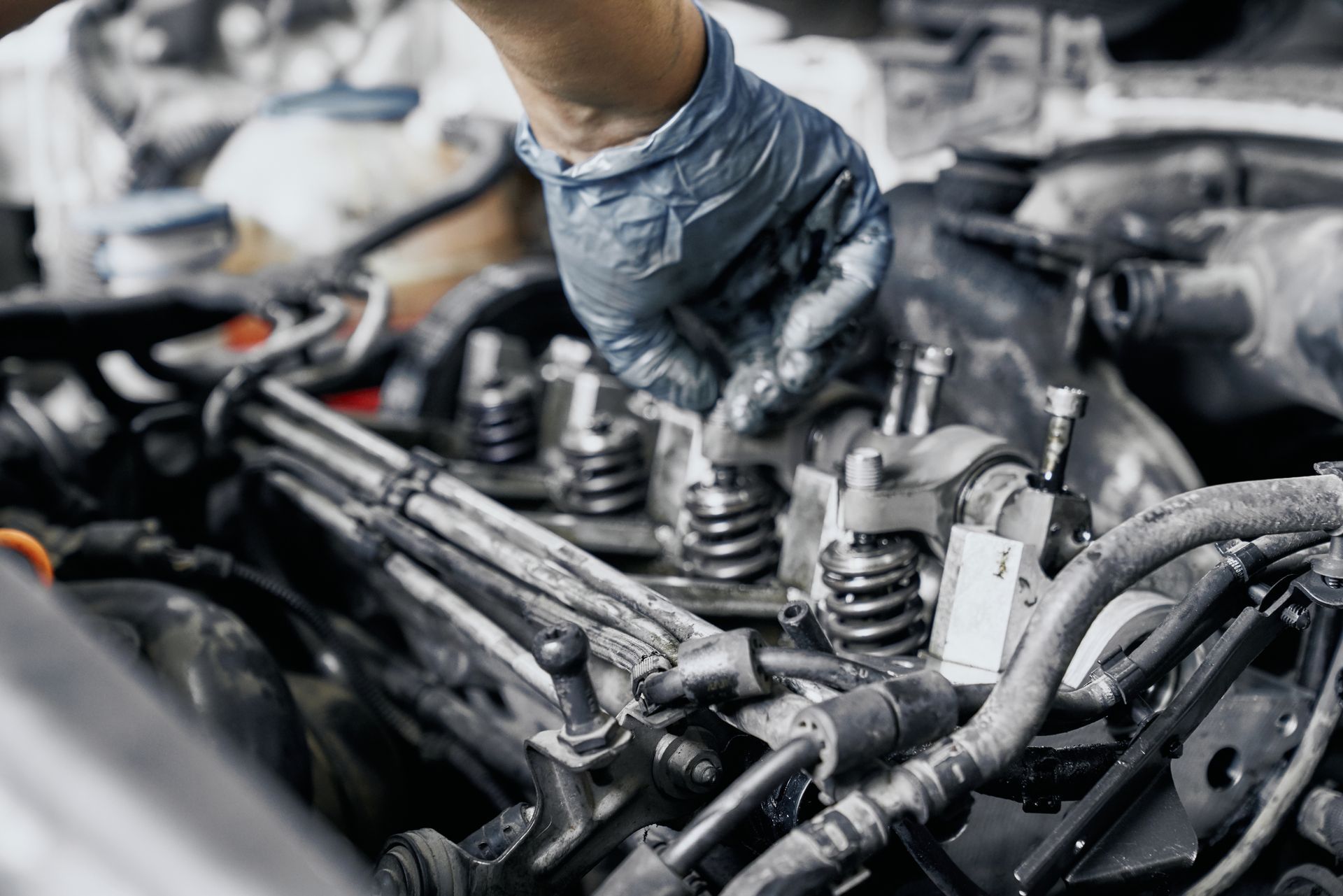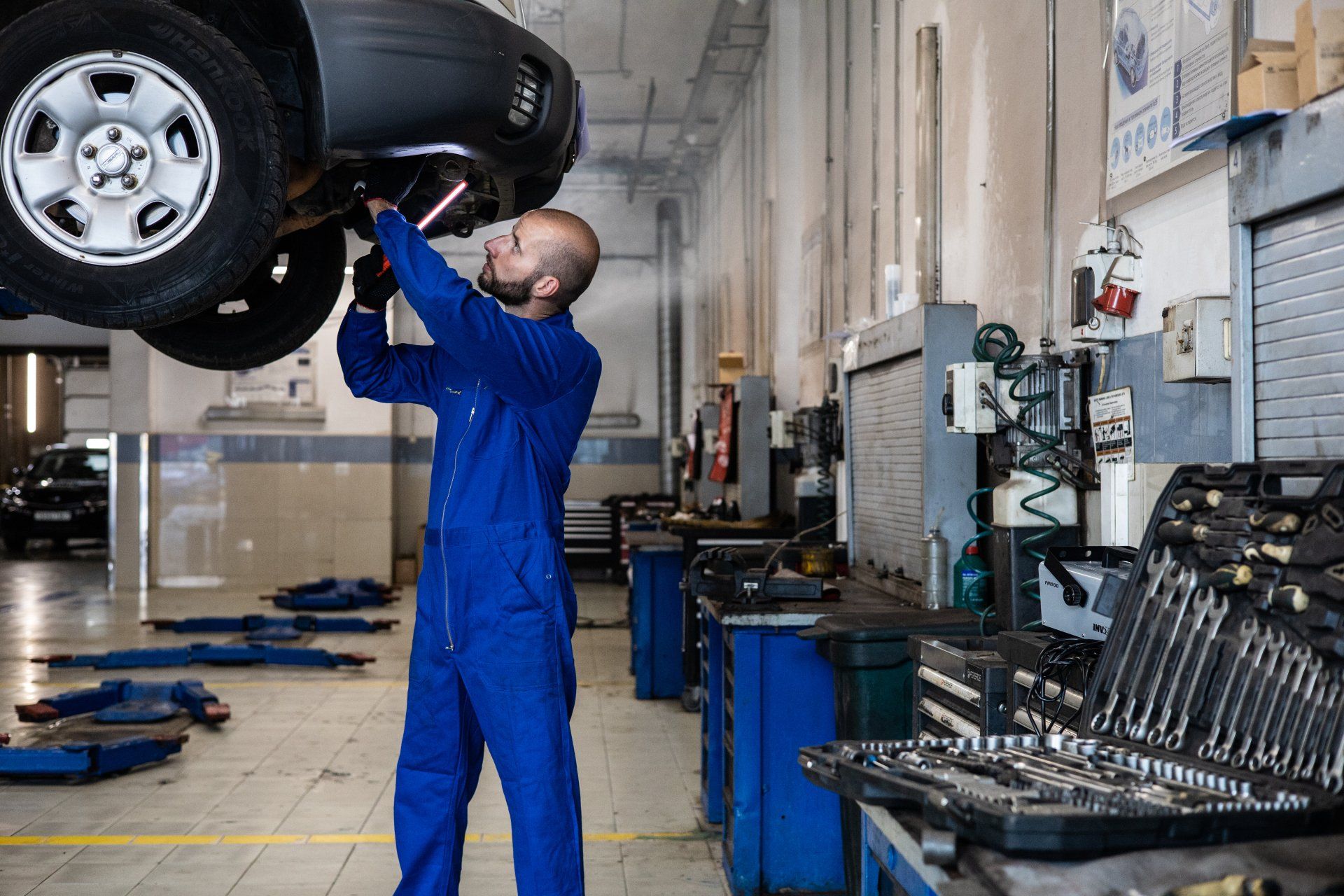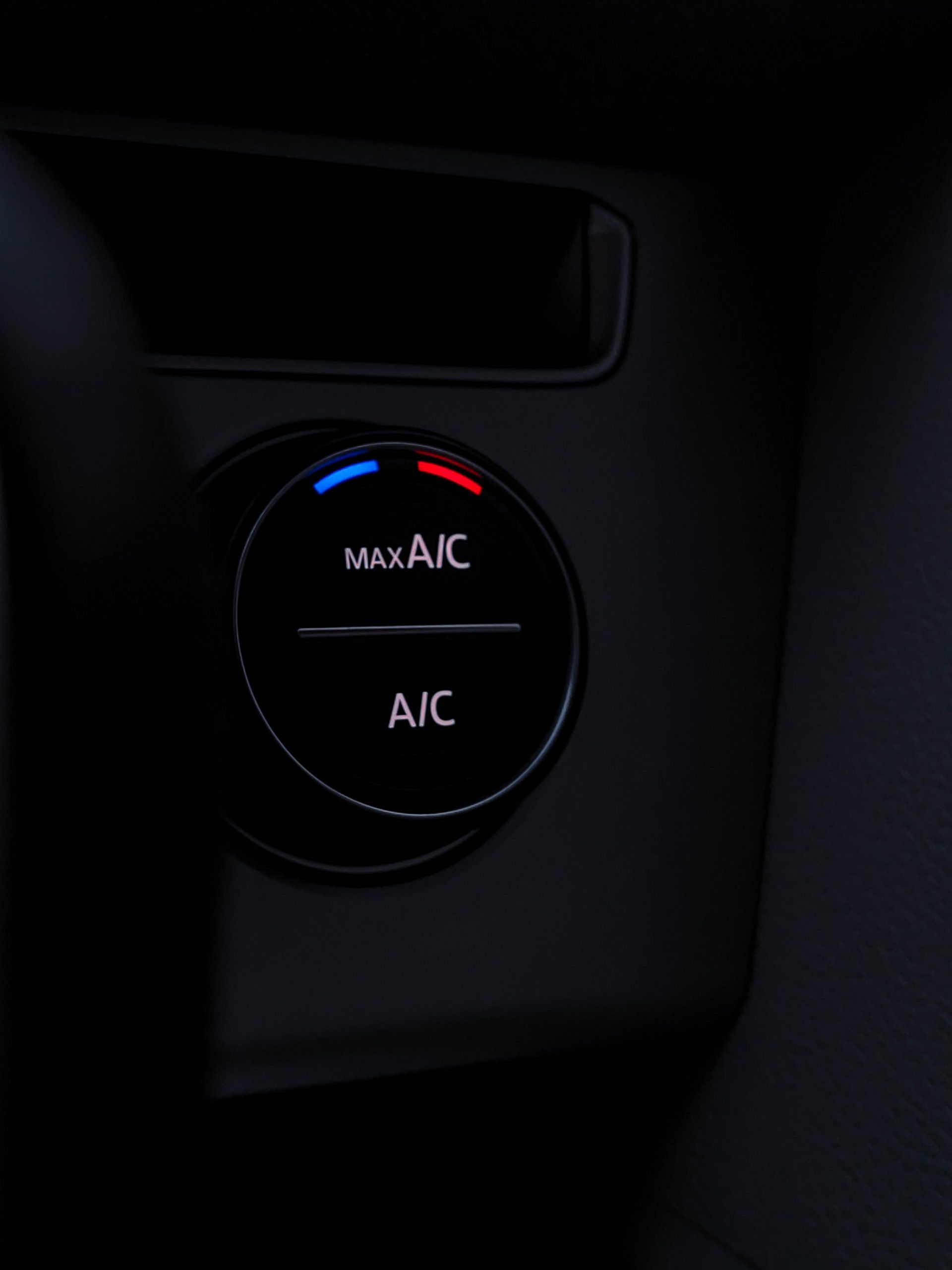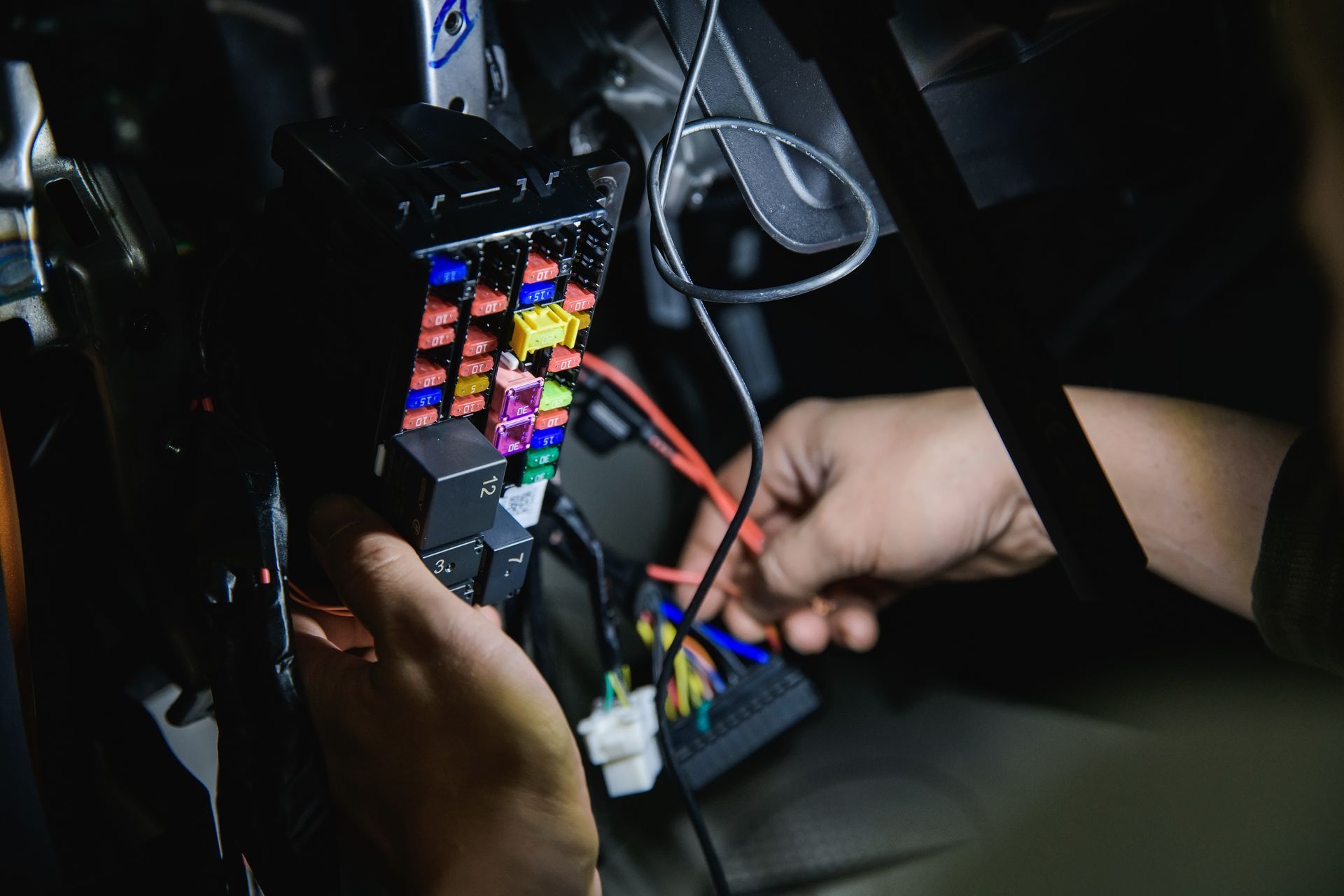Your Guide to Vehicle Inspection Rules in Oregon (2025 Update)
Keeping your vehicle road-legal in Oregon isn’t just about avoiding tickets—it’s about safety, emissions compliance, and protecting your investment. At Willamette Automotive Care in Springfield, OR, we make it our job to stay up to date on the latest regulations so you don’t have to. With changing state laws and environmental priorities in mind, Oregon’s vehicle inspection requirements have evolved, and 2025 brings a few important updates every driver should know.
In this comprehensive guide, we’ll break down what you need to know about Oregon’s vehicle inspection rules, who they apply to, how to stay compliant, and what we can do to help you stay ahead of the curve.
Does Oregon Require State Vehicle Inspections?
The short answer: yes, but only in certain counties.
Unlike some states with statewide safety inspection programs, Oregon focuses on emissions testing in areas with higher population density and greater air quality concerns. That means inspections aren’t universal, but they are mandatory for many Springfield residents and neighboring areas.
As of 2025, emissions testing is required in:
- Lane County (including Springfield and Eugene)
- Multnomah County (including Portland)
- Washington County
- Clackamas County
If your vehicle is registered in one of these counties, you’ll need to meet specific inspection criteria as part of your registration or renewal process.
What Kind of Inspection Does My Vehicle Need?
In Lane County—where Willamette Automotive Care proudly serves Springfield drivers—the Oregon Department of Environmental Quality (DEQ) mandates emissions testing for certain vehicles. Here’s how it works:
Emissions Testing Requirements (2025)
- Vehicles 1975 and newer
- Gasoline-powered cars and light-duty trucks
- Diesel vehicles under 8,500 pounds (new rule in 2025)
- Hybrid vehicles are included if they meet the above criteria
Exceptions:
- Vehicles registered as farm equipment
- New vehicles from model years 2021 through 2025 (for the first four years)
- Fully electric vehicles
If your vehicle falls under the required category, you’ll need to complete a DEQ emissions test before renewing your registration with the Oregon DMV.
What’s New in 2025?
Oregon has updated its inspection policy to better align with environmental goals. Here are the key changes drivers in Springfield, OR should be aware of:
1. Expanded Diesel Testing
As of 2025, more light-duty diesel vehicles under 8,500 lbs are now required to pass emissions testing in covered counties. This includes popular models like smaller diesel pickups and SUVs.
2. Increased Focus on OBDII Testing
Vehicles built after 1996 are now tested using On-Board Diagnostics (OBDII) technology. This allows technicians to detect emissions-related issues more accurately through the vehicle’s internal computer.
3. Streamlined Testing for Hybrids
Hybrid vehicles now follow the same guidelines as conventional gasoline vehicles in terms of emissions checks—provided they aren't plug-in or electric-only models.
What Happens If I Fail the Inspection?
Failing an emissions test doesn’t mean the end of your driving privileges—it’s a call to action. At Willamette Automotive Care, we help Springfield drivers get back on track quickly with diagnostics and emissions-related repairs.
Common reasons for failing include:
- A malfunctioning oxygen sensor
- Evaporative emissions system leaks
- Faulty catalytic converter
- Loose or missing gas caps
- Check engine light remaining on
We perform targeted diagnostics to identify and resolve the problem, helping you pass your retest and renew your registration without delay.
How to Prepare for Your Emissions Test
There’s nothing worse than heading to your DEQ inspection, only to be turned away for something avoidable. Here are a few tips from our Springfield team at Willamette Automotive Care:
- Clear your check engine light. Any active codes will cause an automatic fail.
- Drive at least 15 minutes before testing. Your engine should be warmed up.
- Fix fuel system leaks or exhaust problems. Even a loose gas cap can be a deal-breaker.
- Don’t disconnect the battery shortly before testing. It resets your OBD system and may cause an “incomplete” result.
We offer pre-inspection checks for peace of mind. If your inspection is coming up soon, stop by Willamette Automotive Care for a quick diagnostic review.
Staying Ahead with Preventive Maintenance
Inspections don’t have to be stressful. Most issues that cause failed emissions tests can be avoided with regular maintenance. That’s why we offer Springfield drivers comprehensive service plans to stay compliant and worry-free.
Our emission-readiness services include:
- OBDII system scans
- Catalytic converter and exhaust inspections
- Sensor and emissions component testing
- Fuel and air intake system cleaning
- Tailored recommendations based on vehicle age and usage
By catching small issues early, we help our customers avoid bigger repairs—and more importantly, keep their vehicles road-legal and eco-friendly.
Registration, Testing, and DMV Reminders
If your vehicle is due for inspection, you’ll receive a notice from the Oregon DMV or DEQ with detailed instructions. You can usually complete your emissions test up to 90 days before your registration expires. Don’t wait until the last minute—schedule ahead to avoid long lines or repair delays.
Willamette Automotive Care: Helping Springfield Drivers Stay Compliant
Vehicle inspections are more than just red tape—they’re part of keeping our roads safer and our air cleaner. At Willamette Automotive Care in Springfield, OR, we treat every emissions check or repair like an opportunity to help you protect your investment and meet local requirements without stress.
We stay informed so you don’t have to, and we take pride in walking our customers through every step of Oregon’s vehicle inspection process. Whether you’re prepping for a DEQ visit, dealing with a check engine light, or just want a maintenance checkup, we’re here to help you every mile of the way.
